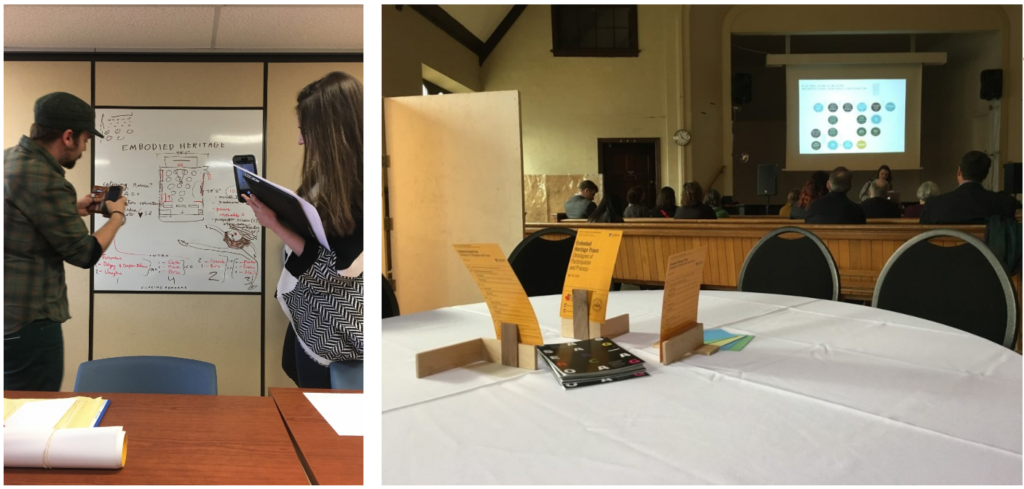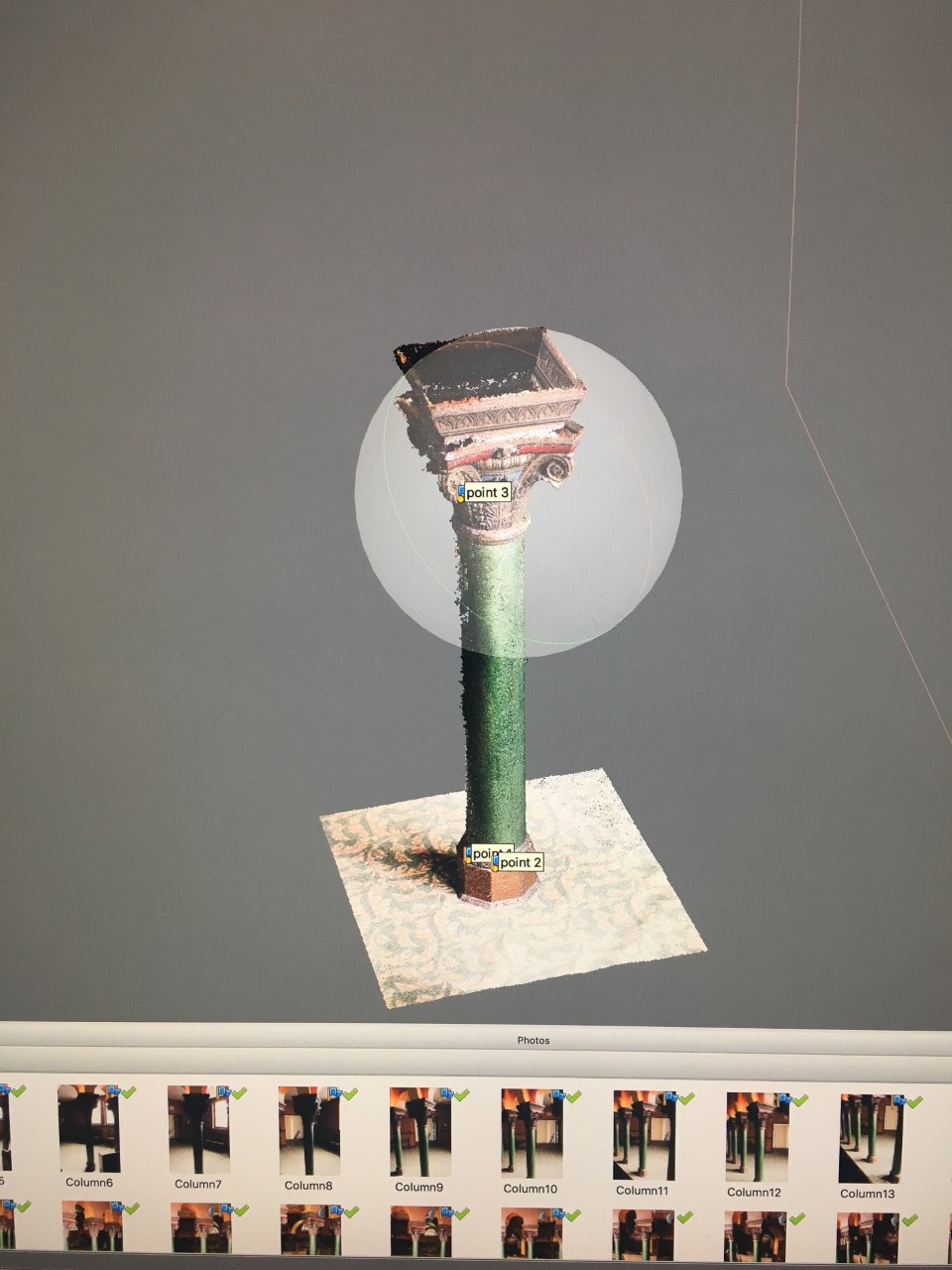Graduate Diploma in Architectural Conservation: News and views from a graduate
January 17, 2023
The Graduate Diploma in Architectural Conservation (GDAC) program at Carleton University provided valuable insights and skills for working with existing buildings and clients, says intern architect Kevin Complido.
“My brain’s been wired differently,” he says. “I’m more sensitive to context and place than I was before the program. I’m listening, mediating, and synthesizing more. I try to advocate for highlighting, keeping, and expressing existing qualities rather than assuming new ideas and new builds can solve all the problems alone.”
During the eight-month GDAC program, students learn to assess and document heritage properties and sites and make decisions regarding heritage conservation. The next session takes place from September 2023 to April 2023. Deadline to apply is February 1.

The program is suited to people with backgrounds in architecture, engineering, planning, urban studies, history and theory of architecture, history, landscape, trades, and more. This includes professionals wanting specialized training, career changers, master’s students seeking to focus on architectural conservation, students pursuing a first job or applying for further graduate studies, and newcomers seeking a Canadian credential.
“I really enjoyed how interdisciplinary it was and the community that came with it,” says Complido. “I learned a nice variety of skills and ways to think critically. I’ve worked on good projects and met great people. Ottawa was an excellent place to learn it all.”

Complido took the GDAC program in 2017-2018. He previously completed a Bachelor of Environmental Design (Architecture) at the University of Manitoba in 2014 and worked for three years as a graphic designer, and held jobs at a student publication and an architecture firm.
“I didn’t feel quite ready to jump into a MArch,” he recalls. “I’d started to become interested in heritage and wanted to see if the experience in a new city and the GDAC would help clarify things.”
Complido found studies in conservation to be creative and engaging. “It’s interpretive and communicative,” he says. “There’s a bridging of past and present, and the design or conservation work undertaken considers how decisions have dialogues.
“One aspect I think is interesting is conversations surrounding inclusivity and what that means in considering a project’s identity or its ability to be a shared space,” he adds.
He remained at Carleton post-GDAC, working that summer at the Carleton Immersive Media Studio (CIMS) on the digitally assisted storytelling team.
In Fall 2018, he entered Carleton’s two-year Master of Architecture program, where the opportunities included taking part in an NSERC CREATE Heritage Engineering internship at ERA Architects in Toronto, ON.
Complido also won a national design competition, with fellow students Scott Normand and Brendan Dyck, for a water feature at the Vimy Foundation Centennial Park in France, commemorating the legacy of the Battle of Vimy Ridge.


In 2020, he graduated with a thesis that looks at ideas of heritage interpretation; interests sparked during the GDAC program.
The title is Symbols, Sentinels and Reading Rooms: Cultivating Literacies of Place in Central Industrial, Saskatoon.
His thesis advisors, Associate Professor Mariana Esponda and Associate Professor Susan Ross, were faculty he first met during the GDAC.
Since graduation, Complido has worked as an intern architect at a firm in Saskatoon, SK. The work is varied, including elementary schools, a subdivision study, and a hospitality project. He has helped with visualization and presentation, programming, research, report, design, and coordination.
For those considering the GDAC, “Take it!” he advises. “There are so many avenues within the work that you’ll gravitate towards some branch in the discipline. Don’t expect to come out an expert, but to be set on a path of a more thoughtful and hopefully, more generous designer.”

About the Graduate Diploma in Architectural Conservation (GDAC)
The program is taught by a multidisciplinary team of experts. The partnership between the Azrieli School of Architecture & Urbanism, and the School of Indigenous and Canadian Studies, allows students to gain perspectives in conservation from both a theoretical and technical framework. Students become well-versed in the global discourse of heritage conservation while developing the skills to assess and document heritage sites.
Canada has close to 25,000 properties designated as sites of architectural heritage. In addition, over 200,000 sites are listed in heritage inventories, with an average of 2,000 properties being added each year. There is a growing demand for qualified specialists to shepherd these valuable cultural resources.
The program consists of four credits dealing specifically with the theory and practice of architectural and heritage conservation, including in these areas:
- Challenges in adaptive reuse
- Advanced digital technology and condition assessment
- Evaluation of heritage properties
- Tangible and intangible heritage
- Indigenous rights and heritage
- Historic urban landscape conservation
- Heritage conservation and sustainability
- Repairing historical structures
Diploma students will have access to resources such as the NSERC CREATE Heritage Engineering Annual Forum and workshops and participate in relevant projects at the Carleton Immersive Media Studio (CIMS).